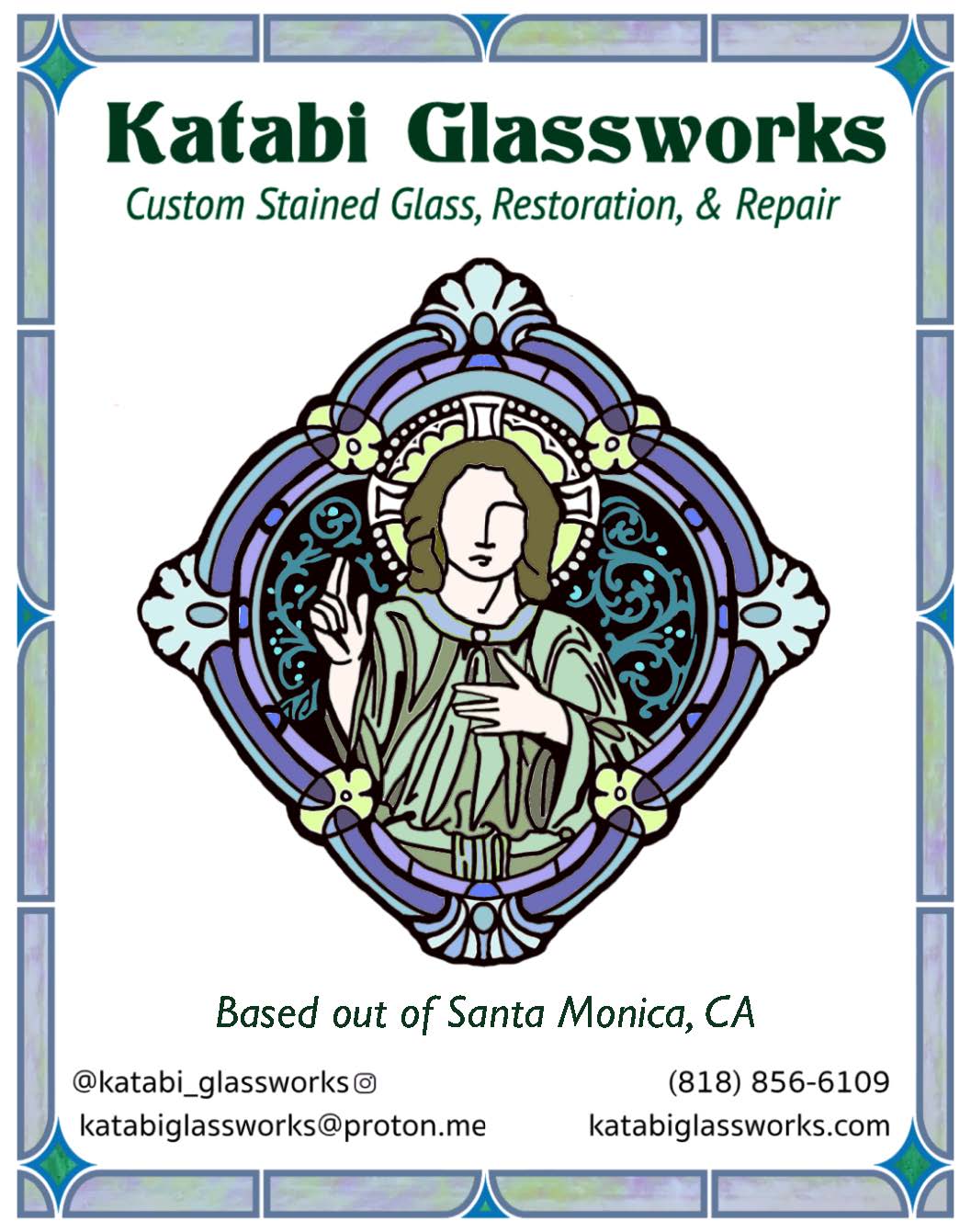San Diego — In California’s criminal justice system, the pendulum swings wildly from one extreme to the other.
It always seems to be correcting and overcorrecting. Depending on the decade, it’s either trying to make society fairer, make life better for people, make up for past mistakes, or make prosecutors into social workers.
It also has a cast of colorful characters, people who have gone from left to right and back again. Here, everyone is entitled to an extreme makeover.
In the Golden State, you’ll find liberals like former Gov. Jerry Brown who became more moderate and conservative while serving as Oakland’s mayor and the state attorney general.
And, in the case of George Gascon, we have a former assistant chief of the Los Angeles Police Department who went to law school and became the reform-minded district attorney of San Francisco.
Now Gascon, who was born in Havana, Cuba, is stepping down as top prosecutor in the Bay Area, and it appears that he intends to return to Southern California and run for Los Angeles County district attorney.
This headline-grabbing set of events will give Californians a chance to decide what they want in a prosecutor, and what they expect from the criminal justice system.
Despite his roots in police work, Gascon is said to have a “liberal law enforcement philosophy,” which includes opposing the death penalty and criticizing mass incarceration. California Gov. Gavin Newsom calls him “an absolute hero of the criminal justice movement.”
It may not be fair to call Gascon a social worker, but he’s certainly a social activist. That may not be such a bad thing.
This is a world that I’ve seen up close. Long before I became a writer, I had plans to be a lawyer. My dad was a law enforcement officer, and he made sure he was around a bunch of them. During my college years, that path led me to a stint as a law clerk at the Fresno County District Attorney’s Office.
It was there I learned one of the principles that serve as the underpinning of the U.S. criminal justice system: that, even though lawyers square off in court in a dynamic that is often as adversarial as Rock ’Em Sock ’Em Robots, prosecutors are not supposed to simply win cases and rack convictions.
They’re officers of the court, complete with badges, who are entrusted with making sure justice is done. And that doesn’t always mean locking someone up. It could mean dropping the charges and setting them free.
When I became a journalist, and started covering the foibles and follies of district attorneys across the Southwest, I learned it doesn’t always work out that way in the real world.
Prosecutors occasionally bend the rules, and sometimes break a few. They have been known to withhold exculpatory evidence and commit other forms of official misconduct. Anything to win.
That’s the bureaucratic equivalent of the wild west. And that’s pretty much how it was in the 1990s and 2000s. The pendulum had swung in that direction. After the crime-ridden 1970s and 1980s, with their explosion of street gangs, gun violence, and the drug war, the public wanted to feel safe again.
And, in a system where county prosecutors are often elected by voters, they were more than willing to vote out of office anyone who didn’t lock up enough bad guys to make that happen.
Enter California’s infamous “Three Strikes” law and the era of mass incarceration. The state’s prisons filled, and new gangs formed inside their walls, oftentimes distinguishable from one another by race and ethnicity.
This had to be corrected. In recent years, the pendulum has swung back to a more holistic, more compassionate, and more redemptive form of criminal justice that, while still seeking to hold individuals accountable, doesn’t grind them into the dirt and make little criminals into big ones.
For one thing, one of the things to spring forth from this recent trend is “restorative justice.” Though first conceived of in the early 1990s, the concept, which involves putting criminals face-to-face with victims, was not widely used until 2010.
Australian criminologist John Braithwaite defined it as “a process where all stakeholders affected by an injustice have an opportunity to discuss how they have been affected by the injustice and to decide what should be done to repair the harm.”
It’s noteworthy that this reform doesn’t come from those who stand on the outside and throw rocks. It happens from within, from inside the government institutions that have the power to deprive citizens of what Thomas Jefferson once described as “unalienable rights” – life, liberty, and the pursuit of happiness.
In California, some of those who wield this power have radically different ideas about how to use it. In a state famous for its social experiments, the outcome is always unknown, and the likely impact is enormous.

